And Other Oppressive Dynamics
A film by Amy L. pIÑON
And Other Oppressive Dynamics
WORLD PREMIERE took place at Local Sightings Film Festival (September 16-25, Seattle)
Go to the RESOURCE LIST: Post-screening resources from the film and other recommended resources
This film is for everyone who has been negatively impacted by the nonprofit industry. This film is for everyone who has contributed to perpetuating that harm. This film is about personal and collective healing from those traumas.
FILM LOGLINE
Faced with a toxic work culture, burnout, and discrimination, Seattle-based nonprofit workers find a way to heal from the oppressive dynamics that have perpetuated the nonprofit structure for far too long.
DIRECTOR’S STATEMENT
I left the nonprofit industry after 6 years, witnessing the abrupt firing and resignations of employees who tried to address inequities and bring about deep, meaningful change in the organization. Since then, I have seen more and more stories emerging about internal inequities faced within the nonprofit structure which, paradoxically, proclaims a commitment to fighting these inequities.
These stories are seldom told publicly for fear of retaliation, fear of not being able to find new work, or fear of the system itself.
After processing my own nonprofit traumas — the constant burnout, tokenism, microaggressions, warped ideas about productivity, gaslighting, an insubstantial paycheck — I’m left wondering why this pattern continues, why this industry has not moved past the use of buzzwords without real change, and how we can possibly bring about true equity in an inherently racist system.
I’ve read the “think pieces,” listened to the podcasts, attended the conferences, and been a part of dozens of well-intentioned conversations about equity in nonprofit work culture. But rarely have I seen bold steps actually taken by any organization.
I’m talking about things like:
Reducing the pay gap disparity between those at the “top” and “bottom” of the org chart (and often between BIPOC and white staff);
Implementing a community-centric fundraising model instead of a donor-centric one;
Building capacity in a way that disrupts the nonprofit scarcity mentality and ensures that staff aren't constantly burnt out from doing three jobs instead of one;
And many more tangible steps that will be explored by the participants in this film.
But first and foremost, the first bold step organizations must take is to listen to and learn from the experiences of people who have experienced harm. The ones who have voiced the problems often lead the work on “Diversity, Equity, and Inclusion,” and have had their voices shut down (read: fired or forced to quit) when it comes time for those in power to take bold steps toward equitable change.
Through my pre-interviews for this film, I’m learning that while there might not be a single solution, there ARE tangible steps and mindset shifts that can happen when ALL parties — staff, board, funders, and the greater community — are on the same page about creating equitable change. Organizations must lead with PEOPLE at the forefront — as opposed to work identities or bottom lines — in order to break through surface conversations of “race and social justice.”
I want this film to spark real conversations from the heart — beyond the buzzwords and nonprofit jargon — to create actionable change and collective healing.
BUT AREN’T NONPROFITS A GOOD THING?
Despite nonprofits’ “do-good” public-facing image, there is often an underlying layer of toxicity — a pervasive culture of microaggressions, burnout, and blatant discrimination amidst mission statements that tout a “commitment to social justice” but deny lived experiences of racism (and other oppressions) as a form of expertise.
The goal of this film is not to attack the nonprofit industry or call out any particular organization for perpetuating harm. I do not regret any of my years spent working within nonprofits, and all the ways in which I was able to grow personally and professionally with every experience. I believe in these organizations’ missions. It’s completely possible to criticize an inherently flawed structure and still love the groundwork. That’s exactly why people speak up instead of leaving immediately.
I invite everyone — current and former nonprofit workers, board members, executive directors, funders, those who have never worked at a nonprofit, and those who are critical of this film concept — to consider the positive potential of a transformed nonprofit industry (and your personal place in transforming it).
